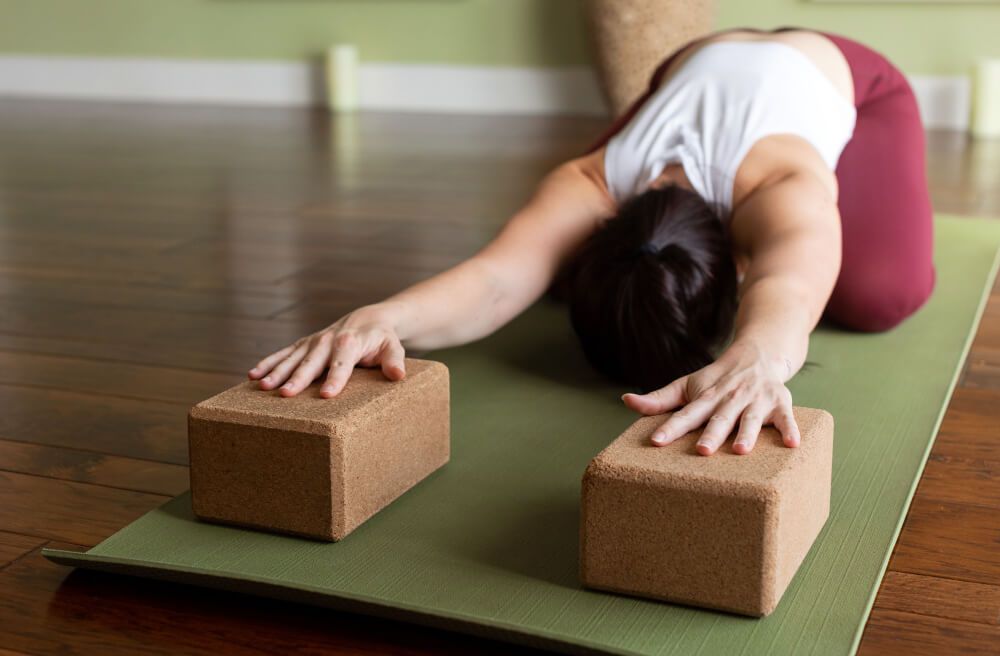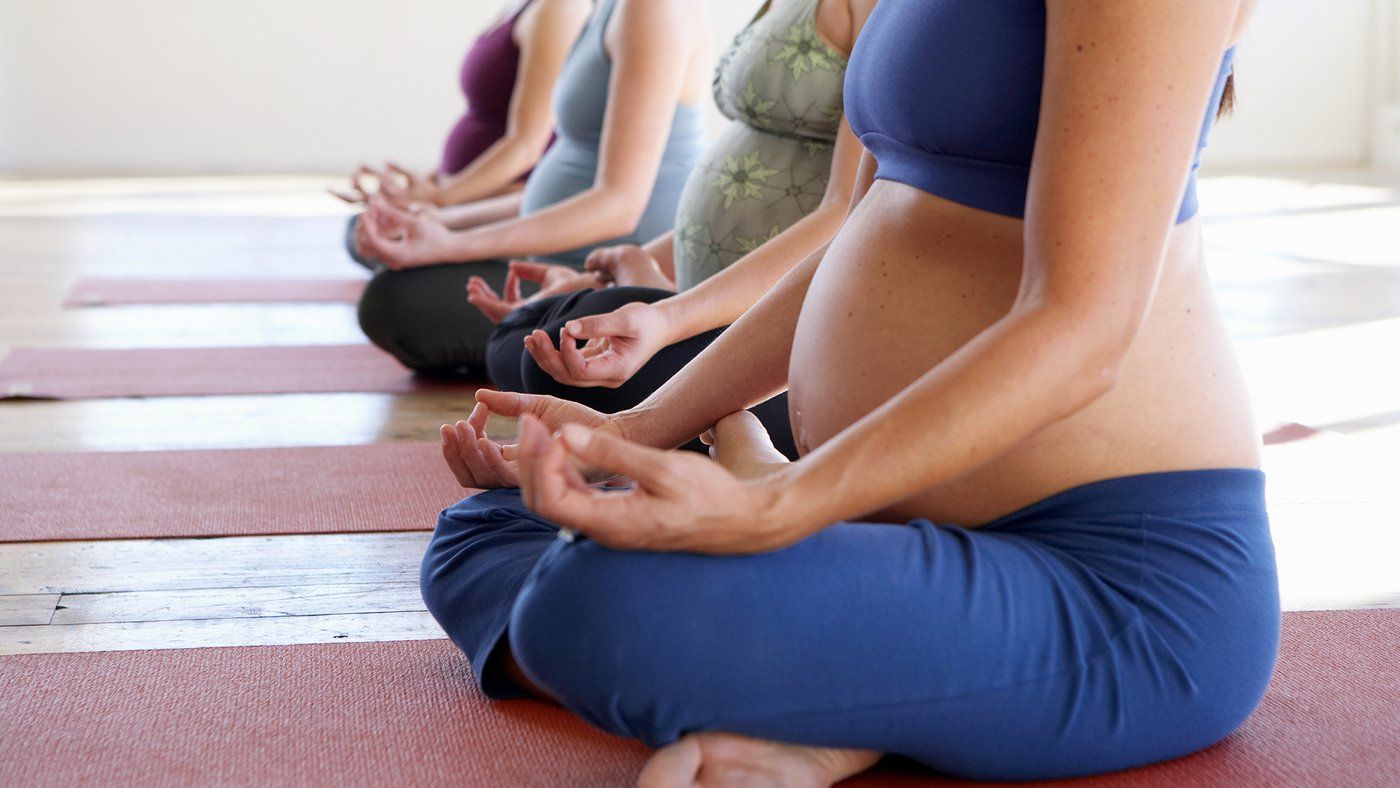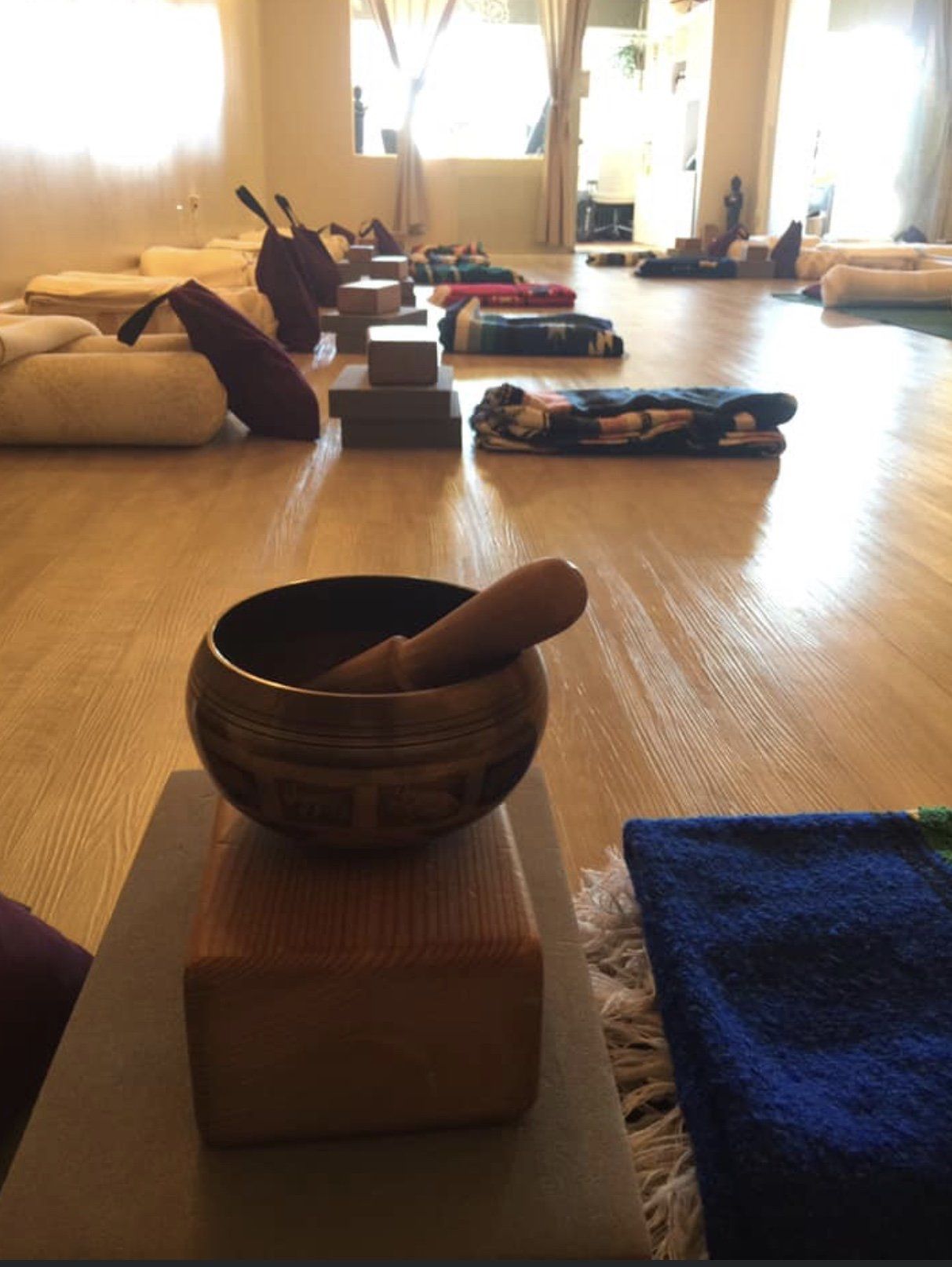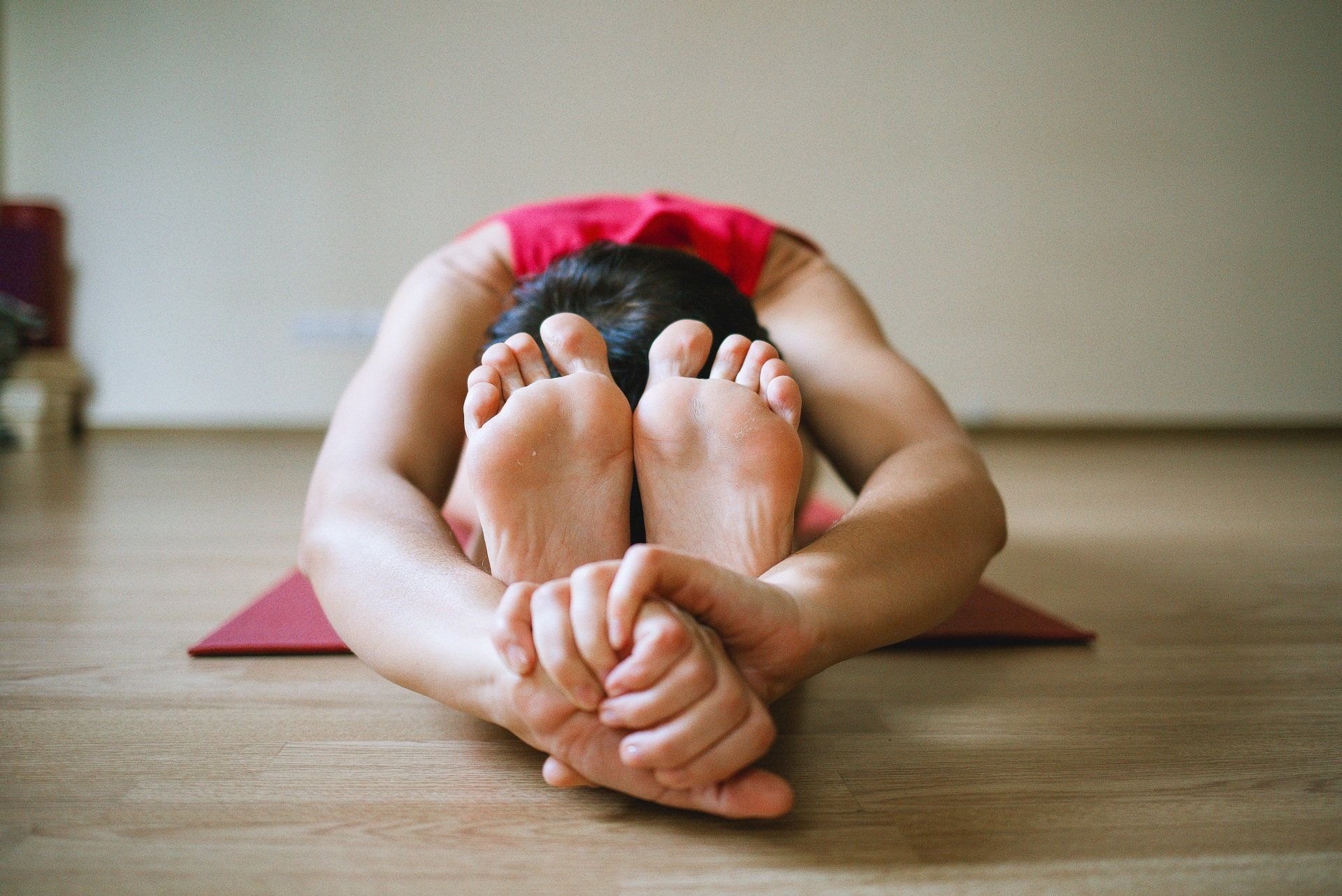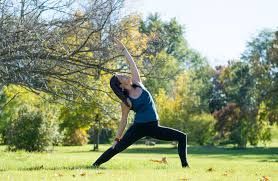Is your low back pain or hip pain related to a weak core?
- By Natalie Monson
- •
- 23 May, 2019
- •

What is your pelvic floor and what does it do?
What is your core canister?
Your diaphragm should be stacked directly over the pelvic floor. The back of the canister is the spinal muscles, the multifidus.The front and sides are the abdominal muscles, more specifically the transverse abdominis. Neutral alignment of the spine, stacking of the ribs to hips/diaphragm over pelvic floor, and also alignment of shoulders over hips, are key factors in proper core function.
The pelvic floor is sometimes referred to as the pelvic diaphragm. It works along with the diaphragm when we breathe. Learning diaphragmatic breathing is the first, and most important step to restoring proper core function.
When we inhale 3-dimensionally through the rib cage, the diaphragm expands and descends, and the pelvic floor does the same. As we exhale the pelvic floor retracts back upwards, and the diaphragm returns to its resting position. In this explanation, we are not trying to push, pull, squeeze, or do any Kegels. This movement downwards on the inhale and upwards on the exhale is what naturally occurs with the breath. The pelvic floor muscles should be able to expand and relax on inhalation, and slightly engage and lift on exhalation. When we hold tightness or tension in our bellies and/or our pelvic floors, it might take some time to have any sensations with this type
of breathing. Years of holding tension in the pelvic floor, bum clenching, alignment issues, sucking in our belly, these are all factors that can create a disconnect to the pelvic area.
Your core is not only your abs. In fact, just strengthening your abs alone may cause core dysfunction. If a fitness instructor or personal trainer cues you to suck in your belly, or move your belly towards your spine, you are most likely not engaging your core correctly.
What to do?
Most women have been told to do their Kegels to keep their pelvic floor strong and healthy, however this is misleading. In fact, a large majority of women are doing Kegels incorrectly. Although it is important for the pelvic floor to learn to contract, it is equally important to learn how to fully relax. If we are not learning to properly contract and release, it will eventually become tight and dysfunctional, which would potentially cause any number of symptoms. Overworking or clenching can lead to fatigue, muscle spasm, and pain. A tight pelvic floor is not a strong pelvic floor and can lead to pain, painful sex, incontinence and constipation.
Gently engaging your pelvic floor muscles during activity is good. Squeezing or lifting the pelvic floor (doing Kegel exercises) when coughing or sneezing is also desirable. However, in order for your muscles to work properly when you need or want them to, they must be able to fully relax when needed as well.
Pelvic floor physiotherapists and trained yoga therapists can help with diagnosis and treatment of any dysfunction, issues, or imbalances.
Talk about your symptoms! Don't just accept these symptoms or pain as being normal for women post-partum, peri-menopausal, or anytime in life. Issues such as incontinence are extremely common, but NOT normal.
Upcoming workshop for Women’s Core and Pelvic Floor
Saturday, June 1, 2-4pm The Yoga Studio - Oak Bay Location
To Register: Call The Yoga Studio @ 403-454-8645 www.theyogastudiocalgary.com
I will be joining forces with Optimum Perinatal pelvic health physiotherapists, and The Yoga Studio for this all levels workshop where you can expect to learn:
- What and where your true "core" actually is.
- A detailed look at posture, and neutral alignment of the spine.
- Breathing techniques and connecting these breathing exercises to movement for better core function.
- The connection between alignment, breath, and movement, and how this will provide more comfort and enjoyment in your daily exercise and yoga practices.


